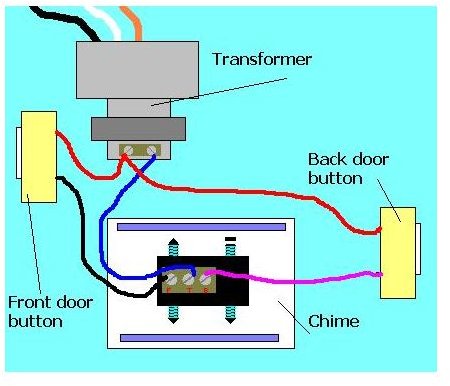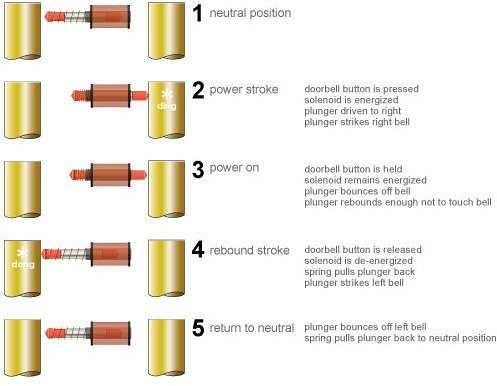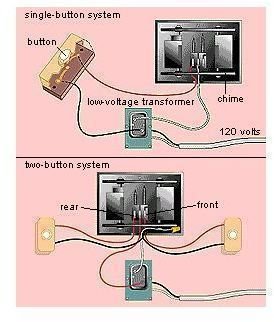How do Doorbells Work? Learn the Operating Principle of the Common Door Bell
Sometimes the simplest things are the ones that people are most unaware of. Take the case of a door bell. How many people have ever taken a moment out of their busy schedule to think about a door bell works. How often do we use this electrical machine in a day? Several times a day most likely. This simple machine is actually fascinating in the way it uses a basic principle of electromagnetism to work in an innovative way. Science of simplicity at its best!
Working Principle
The most important part of a door bell is its magnetic motor. The magnetic motor constitutes a conventional electromagnet. We know that an electromagnet is an arrangement in which a coil of wire is wrapped around magnetic material which produces magnetic field when electricity is passed through the coil. The greater the coiling of the wire, the higher the amplification of magnetic field. This magnetic field produces a substantial effect on any magnetic substance when brought in the vicinity of its magnetic field. This means that when an iron object is placed in this magnetic field, it will be attracted towards the magnetic field due to polar orientation generated by the electromagnetism.
Process
When the door bell button is pressed, an electrical circuit is closed, which leads to the flowing of electric current through the electromagnet.

This current passes through a transformer which turns the 120 V current into usable 10 V current. The current then passes through the electromagnetic wire winding. A magnetic field is generated as a result, which is used to drive a sound making mechanism. Different types of sound making mechanisms are used to generate different sorts of noises.
The three main types of sound making mechanisms are as follows.
Buzzer
The simplest kind of door bell mechanism, a buzzer, works with the help of an electromagnet whose two ends of the winding are connected to the electrical circuit. One end of the winding is connected directly to the electrical circuit while the other end of the wire is connected to a metal contact placed adjacent to a moving contact arm. The contact arm is a light thin metal arm, whose one end rests against the contact point, while the other end is anchored and connected to the electrical circuit.
When the door bell button is pressed, the electrical circuits closes and results in the generation of an electromagnetic field. The magnetic field attracts the iron bar, which pulls the contact arm away from the metal contact. The moving away of the contact arm breaks the circuit and thus turns off the electromagnet. The contact arm snaps back to its original position. This closes the electrical circuit and reestablishes the flow of electrical current through the circuit. Once again the magnetic field is generated and the process repeats itself.
The sound is generated due to the contact arm hitting rapidly to the magnet and the stationary contact, several times in a second.
Bell
The bell also runs on the same principle with the only difference that the moving arm is connected to a clapper which rests against a circular metal plate. The process takes place in the same way as in Buzzer, with the arm moving back and forth and the clapper hitting the bell repeatedly.
Chime

The chime door bell uses a solenoid to generate the noise. Solenoid is an electromagnet with wire winding and a small metal piston inside it. The piston is attached to a spring assembly inside the wire winding. When electric current flows through the wire,electromagnetic field is generated which pulls the metal piston towards it. The metal piston hits the tone bar located on both the sides of the arrangement. When the door bell button is released, the spring snaps the piston back to its original position and the piston hits the tone bar on the other side of the arrangement. The two tone bars are made and arranged in such a way that the hitting action produces a ding-dong sound.
Images
https://www.knockdoorbells.com/Knock%201%20images/advice%20main/1055-solenoid-actionF-07022.jpg
https://www.nationmaster.com/encyclopedia/Doorbell
https://c.managemyhome.com/Images/Site_Images/a_416_1_1.gif
